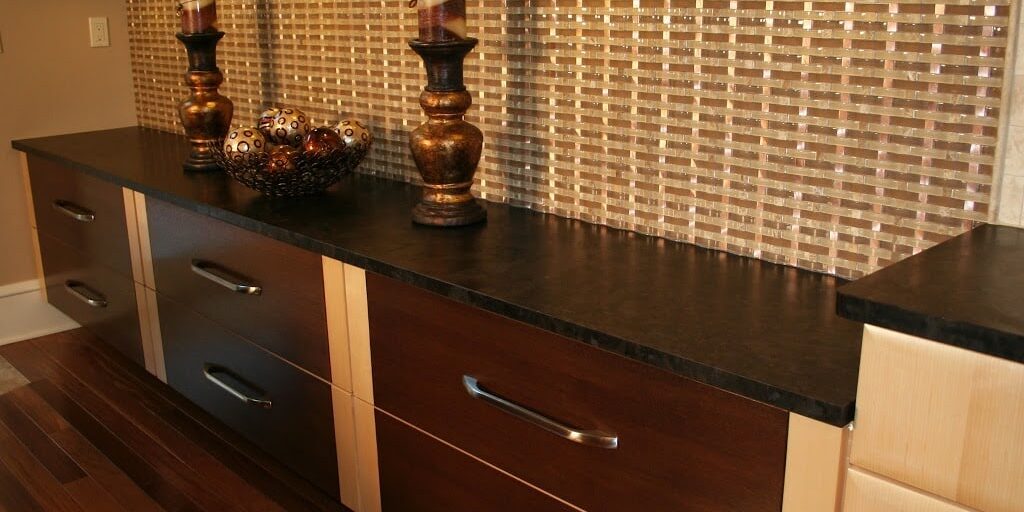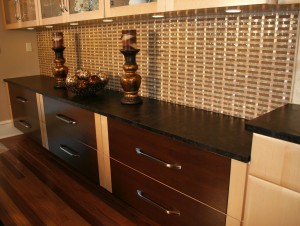Maybe you have a favorite style design. For me, Transitional design is right up at the top because it’s classic and timeless. It’s not too formal or fussy, and it blends the comfort and warmth of traditional design with the clean lines and neutral colors of contemporary design.
If comfort and practicality is your furnishing goal, then Transitional may be just what you’re looking for!
Transitional design is less ornate than traditional decor but not as severe as contemporary. Think of straight soft lines and comfortable furnishings without the fuss of traditional style and you get a good idea of Transitional design, with neutral colors that are warm and rich and make you feel at home.
This warm, inviting style is so pleasant because it’s simple and uncluttered, with clean lines and crisp patterns. It’s also very comfortable because it’s neither too masculine nor too feminine, with an ease and approachability you can live with for many, many years.
Typical characteristics of a Transitional space include:
- Neutral colors, such as cream, taupe, gray and black with fabrics in suede, chenille and leather
- Flooring is less about the material than about the color — you can go with natural woods, stone, tile, carpeting and more, as long as they’re kept to a subtle, restrained palette
- Contrast for the eye through textures or tones
- Minimal accessories
- Furnishings with clean, simple lines that create a sophisticated atmosphere
- Accents usually have little ornamentation; artwork is often simply framed (think eye-catching black and white artists’ photography surrounded by a black frame over a creamy, suede sofa),
- Kitchens often blend traditional surfaces such as wood and stone with sleek stainless steel. Combine paneled cabinetry with minimalist hardware
- Use of mirrored, glass and metallic furnishings as accent pieces to create an added dimension of light and contrast
It lacks an “over-decorated” look that achieves the comfort and approachability for today’s active lifestyle. It fits in most homes and keeps the focus on the simplicity and sophistication of the design. If you’d like more style inspiration, check out this Houzz page for ideas and suggestions. I think you will agree that transitional is an enduring design that’s comfortable to live with.
The best is yet to come,
Beth Orr







